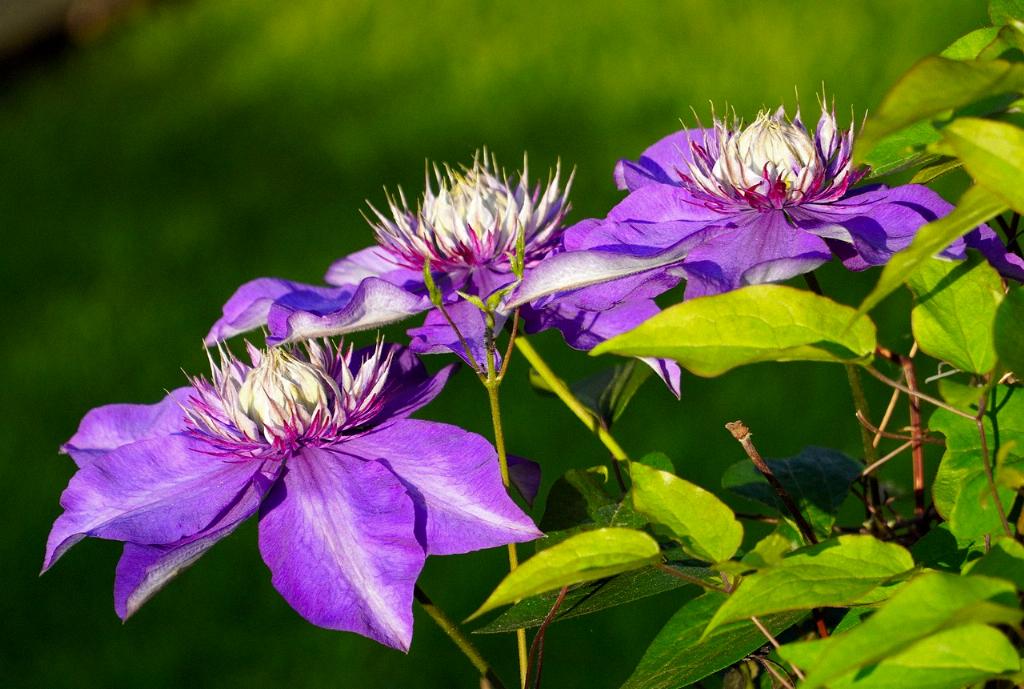Pruning clematis plants might seem like a daunting task, but with the right techniques, it can be a rewarding experience that leads to healthier, more vibrant blooms. Understanding the importance of pruning clematis and the benefits it offers is crucial in maintaining these beautiful flowering vines.
Importance of Pruning Clematis
Pruning clematis is essential for maintaining plant health and vigor. By removing dead, damaged, or diseased stems, you can prevent the spread of infections and encourage new growth. Pruning also helps shape the plant and improve air circulation, reducing the risk of fungal diseases.
Benefits of Proper Pruning
Proper pruning results in more abundant flowering, especially in varieties that bloom on new growth. By cutting back old growth, you stimulate the production of fresh shoots that will bear flowers. Pruning also helps control the size and spread of clematis plants, keeping them neat and manageable.
When to Prune Clematis
Determining the right time to prune clematis is essential for achieving the best results. In general, clematis plants are pruned based on their blooming time and growth habits. Understanding the seasonal requirements for pruning will ensure that you do not inadvertently remove flower buds.
Seasonal Pruning Guide
In early spring, when the threat of frost has passed and buds are beginning to swell, it is the ideal time to prune clematis plants. During this period, you should remove all stems, cutting just above a pair of healthy buds. Aim to leave remaining stems around 4 to 6 inches long to encourage new growth.
How to Prune Clematis
Having the right tools for pruning clematis is crucial for a successful outcome. Sharp, clean pruners and gloves are essential to prevent damage to the plant and minimize the risk of spreading diseases. Different clematis groups require specific pruning techniques to ensure optimal growth and flowering.
Common Mistakes to Avoid When Pruning Clematis
One common mistake when pruning clematis is over-pruning, which can result in reduced flowering and stunted growth. Additionally, pruning at the wrong time can remove developing flower buds, leading to diminished blooms. It is essential to follow the correct pruning guidelines for each clematis variety.
Tips for Successful Clematis Pruning
Understanding the growth habits of clematis plants is key to successful pruning. Knowing whether your clematis blooms on old or new wood will help you determine the best pruning approach. By promoting healthy growth through proper pruning techniques, you can ensure that your clematis thrives and produces an abundance of flowers.
Care After Pruning
After pruning your clematis, it is essential to provide proper care to support new growth. Watering, fertilizing, and training the vines as needed will help maintain the health and vigor of the plant. By following up with post-pruning care, you can ensure that your clematis continues to flourish.

Conclusion
In conclusion, pruning clematis plants is a simple yet crucial task that can have a significant impact on their growth and flowering. By learning the correct techniques and timing for pruning, you can enjoy a garden filled with healthy, vibrant clematis blooms. Remember to avoid common pruning mistakes and follow these tips for successful clematis pruning to promote optimal plant growth and abundant flowering.
